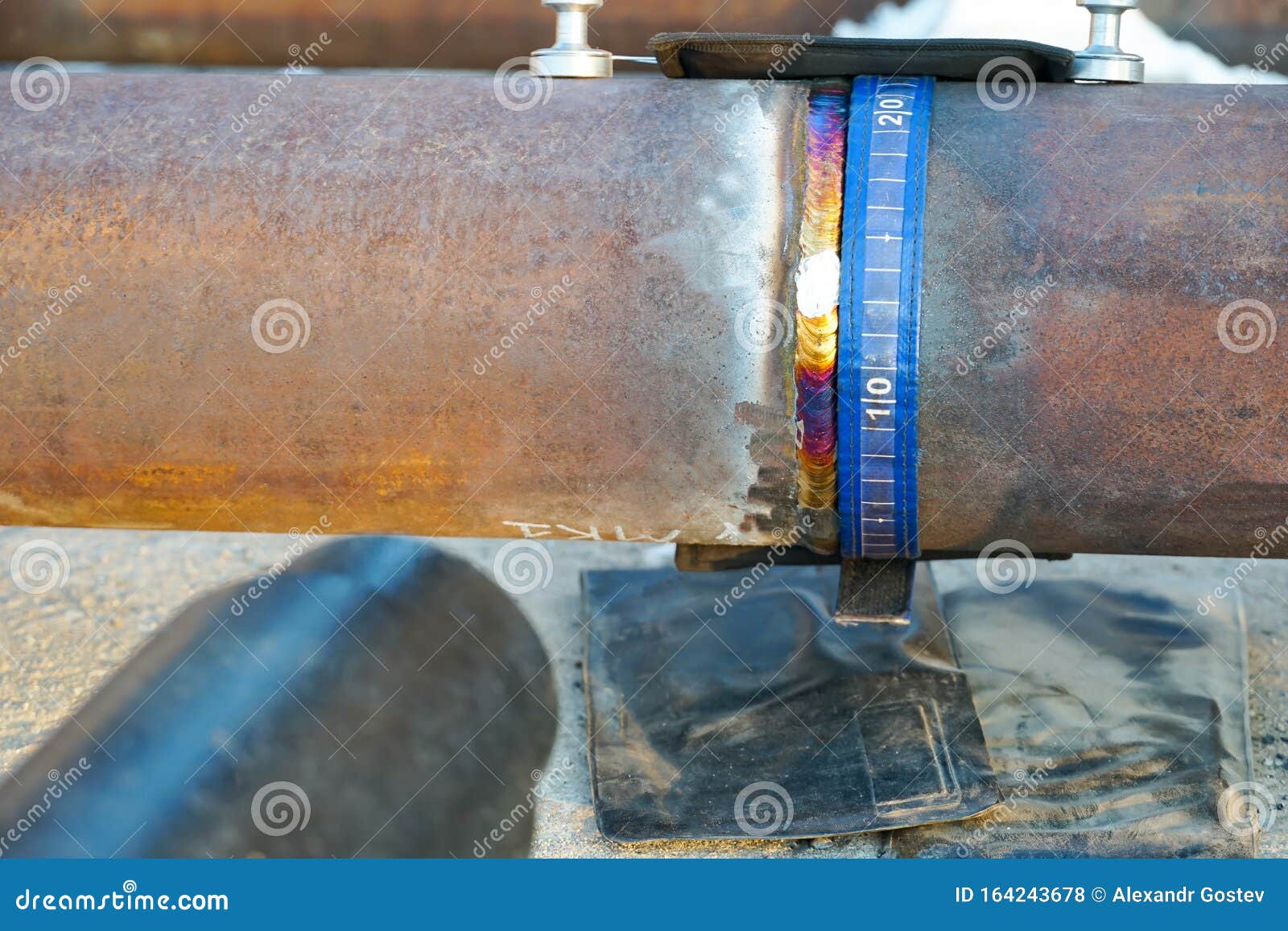Stay Code-Compliant: Specialist Pipeline Welding Inspection Tailored to Your Needs
Stay Code-Compliant: Specialist Pipeline Welding Inspection Tailored to Your Needs
Blog Article
Optimizing Effectiveness: Pipeline Welding Assessment Best Practices
By carrying out ideal methods for pipeline welding inspection, companies can enhance processes, lessen errors, and boost project timelines. The thorough attention to information required in welding evaluation holds the essential to the long-lasting sturdiness and dependability of the pipelines, making it a topic of utmost importance in the industry.

Significance of Reliable Welding Examinations
Reliable welding evaluations play a vital function in guaranteeing the architectural honesty and security of pipes. Appropriate evaluations are important to identify any flaws, discontinuities, or flaws in the welded joints that might jeopardize the general integrity of the pipeline system. By conducting detailed evaluations, examiners can spot concerns at an early stage, protecting against prospective leakages, tears, or failings that can have severe environmental and security repercussions.
Timely and precise welding assessments also help in maintaining conformity with market criteria and policies. Complying with these criteria is not just a legal requirement however additionally an essential measure to ensure the dependability and durability of the pipelines. Furthermore, effective assessments can add to cost financial savings by reducing the demand for costly repair services or substitutes as a result of welding problems that could have been protected against or fixed throughout the assessment procedure.
Using Technology for Assessments
To improve the efficacy and precision of pipe welding examinations, the combination of advanced innovations has come to be progressively imperative in guaranteeing accurate and complete evaluations of welded joints. One of the key technological innovations in pipeline welding assessments is the use of automated ultrasonic testing (AUT) systems. By embracing these technological options, pipe welding assessments can be carried out much more successfully, leading to greater top quality welds, enhanced general safety, and lowered project timelines.
Developing Clear Inspection Procedures
Developing clear examination protocols is vital for ensuring uniformity and reliability in the pipeline welding inspection procedure. These protocols function as a set of standards that lay out the specific steps, requirements, and techniques to be adhered to throughout assessments. By plainly defining the inspection methods, all inspectors included in the process can recognize their responsibilities and duties, bring about a much more efficient and standard examination operations.

Routine testimonial and updates to the inspection protocols are also crucial to adapt to altering market criteria and requirements. By continuously refining and enhancing the methods based upon feedback and lessons found out, pipeline welding examinations can maintain the best standards and governing compliance.
Training and Certifications for Examiners

Educating and qualifications for assessors are critical in making sure the capability and effectiveness of people entrusted with supervising pipe welding procedures - Pipeline Welding Inspection. Properly educated examiners possess the required knowledge and skills to effectively assess weld high quality, adherence to welding procedures, and conformity with market standards and guidelines
Accreditations, such as those offered by the American Welding Culture (AWS) or the American Oil Institute (API), verify an examiner's knowledge and capacity to carry out assessments to the highest possible standards. These certifications often need strenuous training, evaluations, and recurring expert growth to make certain that examiners remain present with the most current developments in welding innovation and assessment strategies.
In addition to official accreditations, continuous training programs play a vital function in enhancing examiners' abilities. These programs cover a vast array of subjects, consisting of welding processes, flaw detection, security methods, and relevant codes and standards (Pipeline Welding Inspection). By purchasing thorough training and qualifications for examiners, firms can maintain the integrity of their pipe welding projects and mitigate the dangers linked with ineffective welds
Continuous Renovation in Evaluation Processes
Structure upon the structure of certified and skilled examiners, continual improvement in evaluation procedures is news necessary for ensuring the recurring high quality and conformity of pipe welding procedures. By applying a system of continuous improvement, pipeline welding examination processes can evolve to satisfy the altering demands of the sector, technological developments, and governing requirements. This involves consistently examining and examining examination techniques, tools, and procedures to identify locations for improvement.
One key aspect of constant improvement in assessment procedures is responses. Gathering input from assessors, welders, designers, and various other stakeholders enables for see this website a detailed evaluation of current techniques and the identification of possible areas for renovation. In addition, leveraging analytics and data can supply beneficial insights into the performance of examination procedures, allowing notified decision-making for optimization.
Additionally, buying training and growth programs for assessors can ensure that they are equipped with the current knowledge and skills to perform their responsibilities successfully. Continuous enhancement is a vibrant process that needs dedication and dedication from all stakeholders to drive excellence in pipeline welding examination techniques.
Final Thought
Finally, taking full advantage of performance in pipe welding examinations is essential for guaranteeing the quality and security of facilities jobs. By making use of modern technology, developing clear methods, giving proper training and accreditations for examiners, and continuously enhancing examination processes, organizations can improve their operations and decrease threats. It is essential for markets to focus on efficient welding assessments to keep high requirements and meet governing requirements.
Reliable evaluations can contribute to cost savings by minimizing the demand for expensive fixings or replacements due to welding defects that could have been protected against or remedied during the assessment procedure.
Establishing clear evaluation procedures is necessary for making sure consistency and dependability in the pipe welding assessment process. By plainly specifying the assessment methods, all inspectors entailed in the process can comprehend their responsibilities and functions, leading to a more standardized and reliable examination workflow.
Clear evaluation methods aid in decreasing the chance of errors or read what he said oversights throughout the assessment procedure.Building upon the foundation of licensed and experienced inspectors, continuous renovation in examination procedures is important for ensuring the ongoing quality and compliance of pipe welding procedures.
Report this page